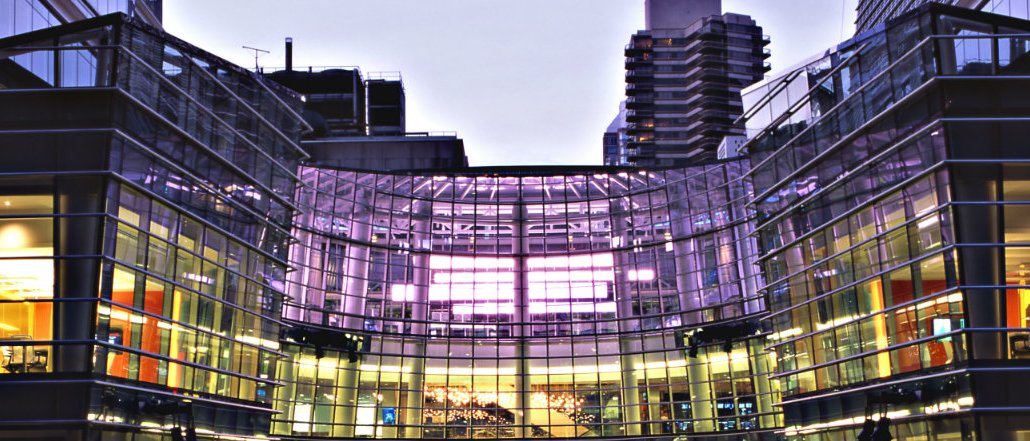How Bloomberg is fighting to reclaim homepage traffic

Publishers are struggling with the decline in home page traffic across the board. Bloomberg Media thinks it has found a remedy: When it relaunched its technology vertical in October, Bloomberg decided to ditch the infinite scroll at the end of articles and send people to the vertical’s homepage instead.
“The trend across media is the slow decline of direct traffic to homepages,” said M. Scott Havens, global head of digital for Bloomberg Media. “In the process of building our new Bloomberg Technology vertical, we asked ourselves: How can we bring the homepage to users?”
Three months in, Bloomberg is encouraged by the new feature, which it called Boomerang. The hack has only so far been applied to the tech vertical, where it has seen a sevenfold increase in monthly page views in the three months after the channel’s launch compared to the six months before the launch.
Engagement has also gone up. People who were served the homepage on average have viewed 28 percent more pages per visit than those who were served another article via an algorithm-driven infinite scroll.
“The main thing I wanted to see is whether we could get people more engaged by exposing them to not one article that’s probably the wrong one, but a bevy of articles,” Havens said.
Based on the initial results of Boomerang, Havens said Bloomberg will probably roll it out to its other verticals, which include opinion and politics. From a sales perspective, having higher impressions and engagement rates is a good selling point with advertisers, and more homepage visits mean more opportunity to sell high-impact ad units.
Bloomberg isn’t alone in rethinking or giving up on the infinite scroll to keep readers more engaged. The Atlantic ditched the infinite scroll when it redesigned its site in 2015 in favor of other tactics to keep people on site longer. Forbes also got rid of the feature recently after finding it didn’t do much to get people reading more articles.
Boomerang also challenges the idea that many publishers are chasing, that personalization is the key to keeping people around longer. That finding has implications beyond the editorial side, Havens said.
“It goes for the advertising side — are we overtargeting people versus brand advertising and reaching an audience that’s not exposed to a product?” he said. “You go deep personalization, and algorithms can be wrong. You can’t get into someone’s mind at any given time.”
More in Media

Media Briefing: Publishers who bet on events and franchises this year are reaping the rewards
Tentpole events and franchises are helping publishers lock in advertising revenue.

With Firefly Image 3, Adobe aims to integrate more AI tools for various apps
New tools let people make images in seconds, create image backgrounds, replacing parts of an image and use reference images to create with AI.

Publishers revamp their newsletter offerings to engage audiences amid threat of AI and declining referral traffic
Publishers like Axios, Eater, the Guardian, theSkimm and Snopes are either growing or revamping their newsletter offerings to engage audiences as a wave of generative AI advancements increases the need for original content and referral traffic declines push publishers to find alternative ways to reach readers.







